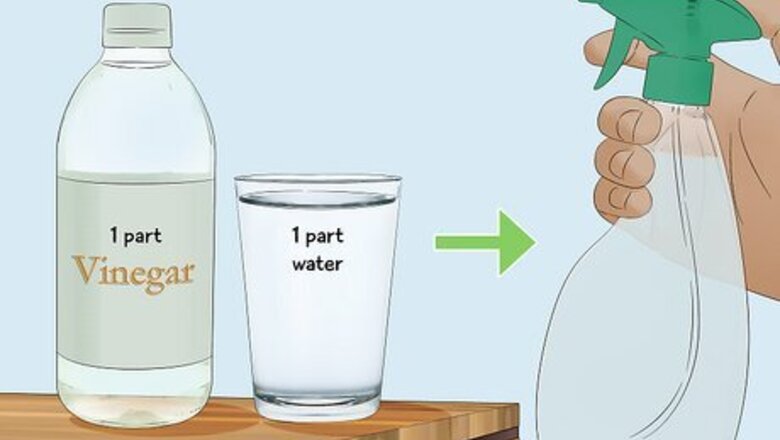
views
Vinegar Cleaning Solution Recipe
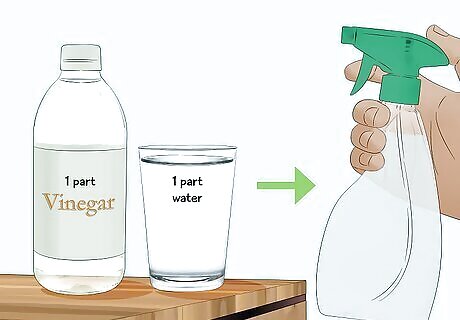
Mix water and vinegar at a 1:1 ratio in a spray bottle. Grab an empty 16 fl oz (470 mL) glass spray bottle and fill it with 1 c (240 mL) of distilled white vinegar and water each. As a general rule of thumb, stick to a sturdy material like glass rather than plastic when it comes to storing your cleaning mixture. Optional: Add 3 drops of tea tree oil and 3 drops of grapefruit essential oil to the vinegar mixture and shake it up really well. For a lemon-fresh scent: Rather than using essential oils, make your cleaning solution with lemon rinds. Green cleaning expert Susan Stocker advises “filling a quart-sized glass jar with lemon rinds and covering them with white vinegar. Let the mixture sit for 2 weeks, and then strain the mixture into a glass spray bottle.” According to cleaning expert James Sears, you can use apple cider vinegar as the vinegar in the cleaning solution. He notes that you can also fill a spray bottle with ⁄3 c (160 mL) of water and ⁄3 c (79 mL) of distilled white vinegar when prepping your cleaning vinegar. Tea tree oil is known for its antifungal and disinfectant properties. Other essential oils have notable health benefits: peppermint oil has disinfecting qualities, while lemongrass oil, lemon oil, and orange oil have anti-bacterial benefits.
How to Clean with Vinegar Solution

Countertops and kitchen surfaces Spritz your homemade cleaning solution all over the countertop, stovetop, or other dirty surface. Then, wipe the cleaner away with a paper towel or clean rag. Warning: Don’t use a vinegar-based cleaner on countertops made of granite, stone, or marble.
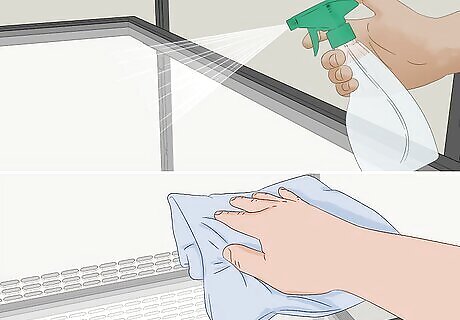
Refrigerator Take everything out of your fridge and spritz the shelves and surfaces with your vinegar mixture. Give the solution a few minutes to sit while you clean the removable drawers and trays with warm water and dish soap. Wipe down the vinegar-treated surfaces with a clean rag and let the drawers and shelves dry before putting everything back the way it was before.
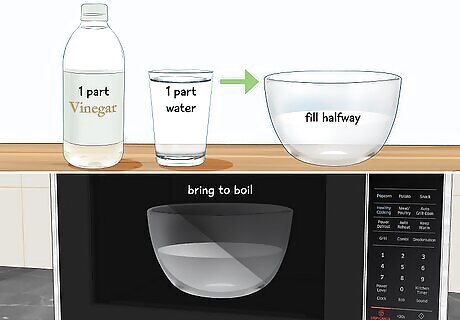
Microwave Pour your vinegar mixture into a small bowl until it’s around halfway full. Then, place the bowl in your microwave or conventional oven. Microwave or heat the solution long enough to bring it to a boil (around 4 minutes), letting it cool down a bit before you open the door. Then, wipe down the inner surfaces and turntable to finish cleaning your microwave. Alternative: Fill the bowl with water first before stirring in a few large spoonfuls of vinegar.
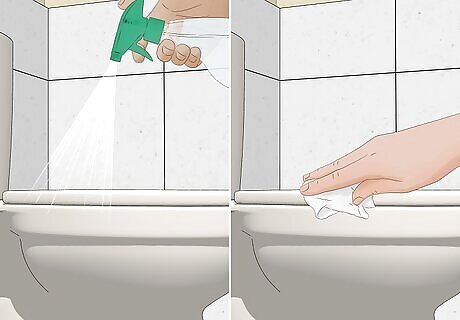
Bathroom surfaces Spritz your vinegar cleaning solution on any parts of your bathroom that are looking a little worse for wear, like faucets, handles, toilets, and sinks. Wipe down the bathroom surfaces with a clean cloth or paper towel afterward. Don’t use your vinegar mixture on any granite, marble, or stone surfaces.
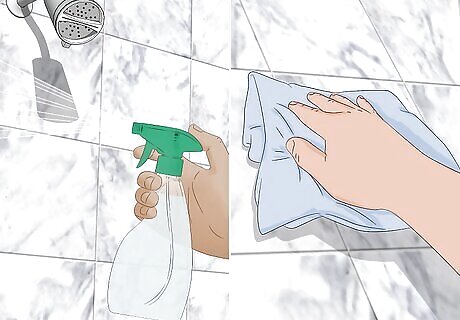
Shower Spray down your shower walls and doors with your vinegar-water cleaning solution. Then, wipe it away with a clean cloth afterward.
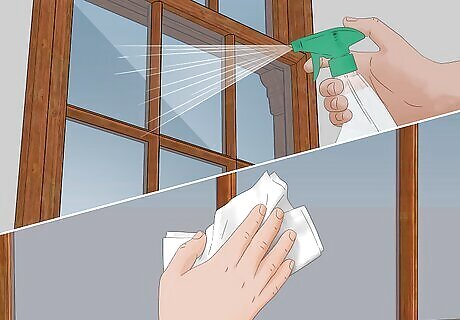
Windows Spritz your vinegar-water cleaning solution over your windows and buff it away with a microfiber cloth. If you notice streaks afterward, clean your windows again using a cleaner made with ⁄4 c (59 mL) of vinegar, 2 tsp (9.9 mL) of dish soap, and ⁄2 c (120 mL) of distilled water. Prep your vinegar mixture with warm water if you plan on cleaning your windows.

Carpet stains Spray your vinegar-water mixture over the stain. Then, blot the solution using a paper towel or clean rag to clean away the stain. Always use a white vinegar mixture for stain removal to prevent any further discoloration.
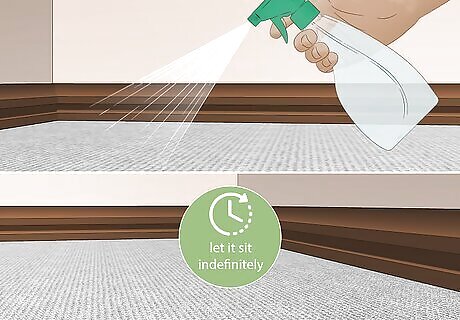
Stinky carpets Spray down the smelly carpet with your vinegar mixture, and then let it sit indefinitely. Over time, the vinegar will help deodorize your carpet, though you may have to deal with the strong vinegar scent temporarily.

Acer and Samsung computer screens According to brands Acer and Samsung, it’s okay to use a water-vinegar mixture to wipe down and clean stained computer screens. Plain vinegar isn’t a great electronic cleaner, however, and can be especially damaging to touchscreen devices.
What Not to Clean with Vinegar
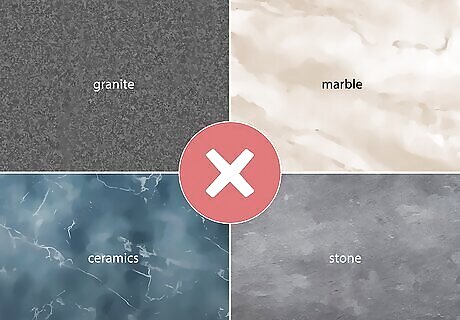
Granite, marble, ceramics, and stone According to Stocker, using vinegar “on marble or stone counters and floors will etch them permanently,” so you definitely don’t want to use it on those surfaces. Vinegar can also make granite look less vibrant, and can degrade ceramic finish and any surrounding grout. Look for specialty cleaners labeled as safe for stone, marble, granite, and ceramic surfaces.
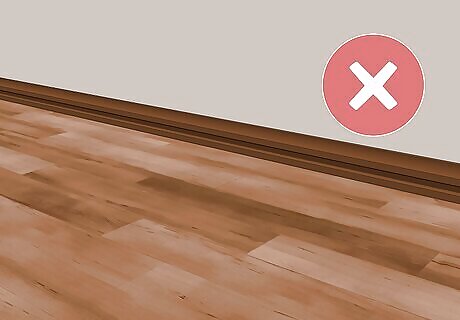
Wood floors and surfaces “Contrary to popular belief,” Stocker says, “vinegar can be very bad for hardwood floors,” as it can “eat the finish and damage the wood.” Always use a hardwood-safe cleaner when tackling your wood floors (or any other wooden surfaces).
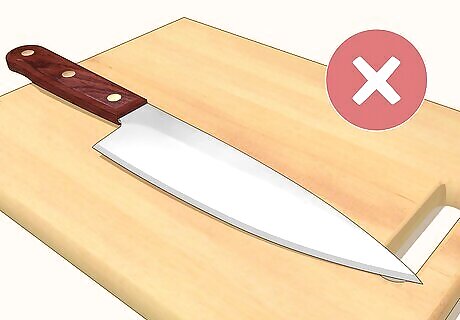
Kitchen knives Stick with dish soap and warm water whenever you clean your kitchen knives. Unfortunately, vinegar can degrade the surface and edges of your cutlery, which you definitely don’t want.
Rubber Vinegar breaks down rubber pretty easily, and isn’t a good cleaning option for any items or appliances made with rubber parts, like washing machines. If you’re cleaning something like a blender or coffee machine, only use vinegar to clean the glass/plastic portions—not the rubber components.














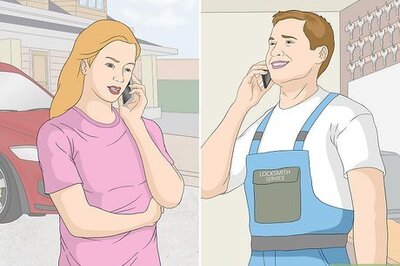



Comments
0 comment